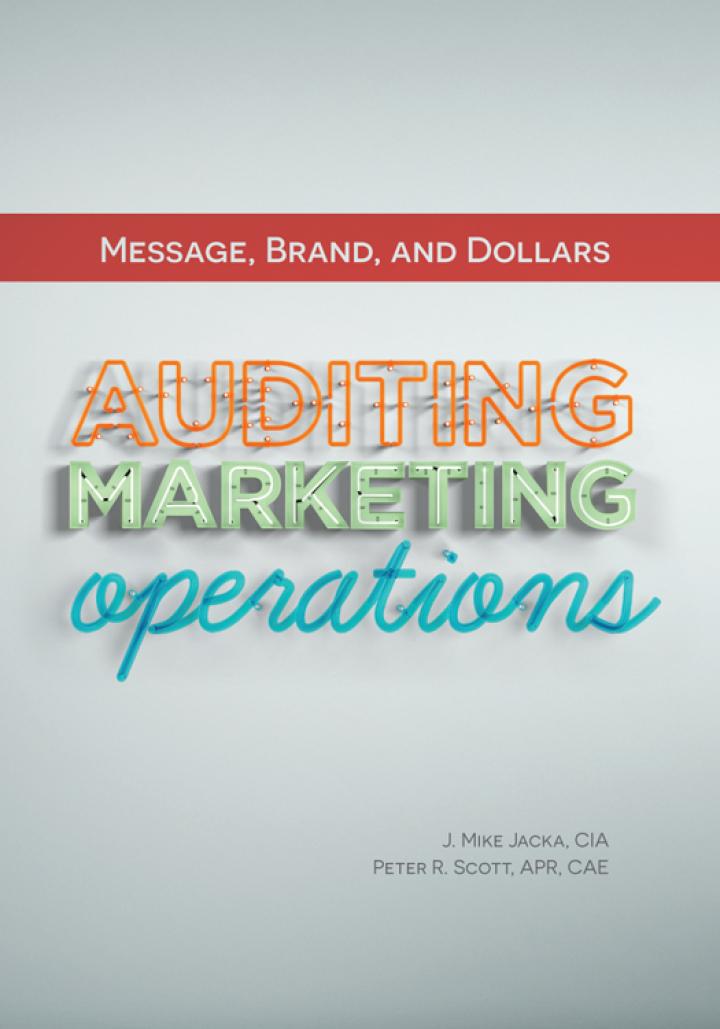Question
Topline Surf Boards manufactures a single product. The standard cost of one unit of this product is as follows: Direct materials: 6 feet at $1.00
Topline Surf Boards manufactures a single product. The standard cost of one unit of this product is as follows:
Direct materials: 6 feet at $1.00 per foot $ 6.00 Direct labor: 1 hour at $4.50 per hour 4.50 Variable manufacturing overhead: 1 hour at $3.00 per hour 3.00 Total standard variable cost per unit $ 13.50
During October, 6,000 units were produced. Selected data relating to the months production follow:
Material purchased: 60,000 feet at $0.95 per foot $ 57,000 Material used in production: 38,000 feet Direct labor: ? hours at $ ? per hour $ 27,950 Variable manufacturing overhead cost incurred $ 20,475 Variable manufacturing overhead efficiency variance $ 1,500 U
There was no beginning inventory of raw materials. The variable manufacturing overhead rate is based on direct labor-hours.
Required:
1.
For direct materials:
a.
Compute the quantity and price variances for October. (Input all amounts as positive values. Leave no cells blank - be certain to enter "0" wherever required. Indicate the effect of each variance by selecting "F" for favorable, "U" for unfavorable, and "None" for no effect (i.e., zero variance).)
Material quantity variance $ (Click to select) U None F Material price variance $ (Click to select) None U F
b.
Prepare journal entries to record activity for October.
General Journal Debit Credit (Click to select) Labor efficiency variance Accounts payable Wages Payable Labor rate variance Materials price variance Raw materials Work in process Materials quantity variance (Click to select) Materials price variance Materials quantity variance Wages Payable Work in process Accounts payable Labor efficiency variance Raw materials Labor rate variance (Click to select) Work in process Materials price variance Accounts payable Materials quantity variance Raw materials Wages Payable Labor efficiency variance Labor rate variance (Click to select) Materials price variance Raw materials Accounts payable Work in process Wages Payable Materials quantity variance Labor efficiency variance Labor rate variance (Click to select) Labor rate variance Materials price variance Accounts payable Labor efficiency variance Wages Payable Materials quantity variance Work in process Raw materials (Click to select) Accounts payable Raw materials Materials price variance Labor rate variance Work in process Labor efficiency variance Materials quantity variance Wages Payable
2.
For direct labor:
a.
Compute the efficiency and rate variances for October. (Do not round your intermediate calculations. Input all amounts as positive values. Leave no cells blank - be certain to enter "0" wherever required. Indicate the effect of each variance by selecting "F" for favorable, "U" for unfavorable, and "None" for no effect (i.e., zero variance).)
Labor efficiency variance $ (Click to select) U F None Labor rate variance $ (Click to select) F U None
b.
Prepare a journal entry to record labor activity for October.
General Journal Debit Credit (Click to select) Labor efficiency variance Materials price variance Labor rate variance Accounts payable Wages payable Raw materials Work in process Materials quantity variance (Click to select) Accounts payable Work in process Wages payable Labor rate variance Raw materials Materials price variance Materials quantity variance Labor efficiency variance (Click to select) Work in process Accounts payable Raw materials Labor efficiency variance Labor rate variance Materials quantity variance Materials price variance Wages Payable (Click to select) Work in process Labor rate variance Labor efficiency variance Wages Payable Materials quantity variance Raw materials Accounts payable Materials price variance
3.
For variable manufacturing overhead:
a.
Compute the spending variance for October. (Do not round your intermediate calculations. Input the amount as a positive value. Leave no cells blank - be certain to enter "0" wherever required. Indicate the effect of each variance by selecting "F" for favorable, "U" for unfavorable, and "None" for no effect (i.e., zero variance).)
Variable overhead spending variance $ (Click to select) F None U
Step by Step Solution
There are 3 Steps involved in it
Step: 1

Get Instant Access to Expert-Tailored Solutions
See step-by-step solutions with expert insights and AI powered tools for academic success
Step: 2

Step: 3

Ace Your Homework with AI
Get the answers you need in no time with our AI-driven, step-by-step assistance
Get Started


